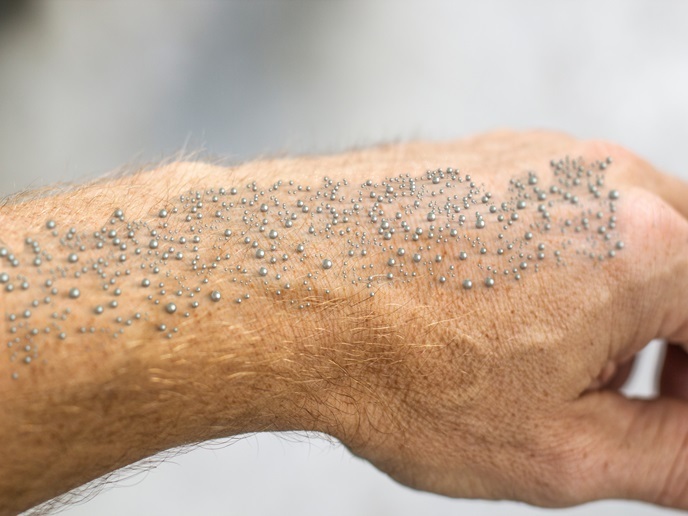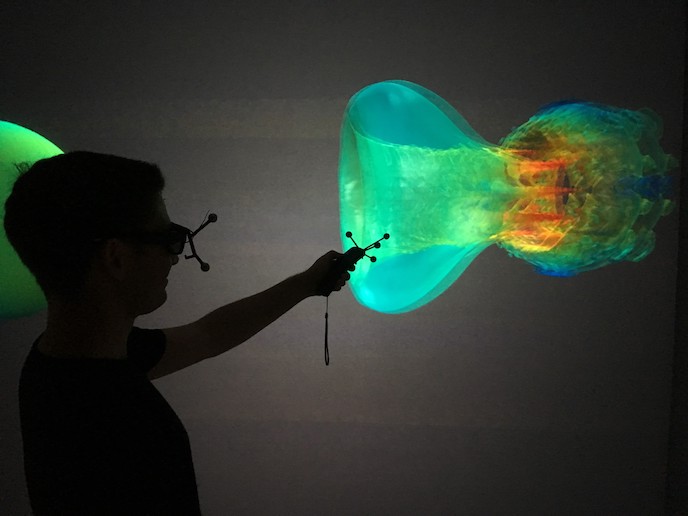Designing sustainable advanced multi-component nanomaterials
Multi-component nanomaterials (MCNMs) are advanced hybrid materials formed by two or more functional components, such as nanocrystals and nanoparticles, or by a nanomaterial with a unique chemical composition modified by hard or soft coatings. Major industrial sectors such as construction, food, healthcare, energy, cosmetics and electronics are all investing in the research, design and technological development of these promising new materials, which offer unprecedented technological benefits. Yet MCNMs pose considerable design challenges. Furthermore, due to the varied toxicities of separate components, and complex interactions with biological and ecological systems, these hybrid products also bring a range of environmental, health and safety concerns. “These concerns are magnified by the lack of fundamental research and regulatory guidance addressing the unique properties of these advanced materials,” explains Danail Hristozov, coordinator of the SUNSHINE project. Hristozov’s team worked to develop safe and sustainable by design (SSbD) strategies for the creation of products that incorporate multi-component nanomaterials.
Getting to know MCNMs
The project worked on several specific case studies of MCNM products including materials to replace halogenated flame retardants, nanohybrid materials that improve the mechanical resistance of building materials, applications to remove toxic gases from building facades, nanoclays for anti-pest cereal grain packaging, and non-stick coatings to replace polytetrafluoroethylene in baking. “The project generated a solid understanding of the hazard and exposure characteristics of these advanced materials, and of the impact of their complex interactions on manufacturing processes and product performance,” says Hristozov. Part of the SUNSHINE project involved the development and testing of a digital e-infrastructure to facilitate collaboration and information exchange between various actors in the supply chain. This offers a platform for gathering all the essential knowledge, tools and data needed to develop and validate SSbD strategies for MCNM-based materials and products. Through SUNSHINE, the e-infrastructure was applied in the various project case studies at different stages in an iterative process, which enabled its continuous refinement according to stakeholder needs.
A more sustainable Europe
SUNSHINE will significantly contribute to enhancing the capacity of the nanotechnology sector to deliver innovative products to the market. “The SSbD strategies will ensure safety without compromising the successful scale-up of nanotechnologies, which will speed up innovation,” notes Hristozov. Some MCNMs can reveal unexpected safety risks only several years after their market introduction, which could result in future heavy-handed regulations that might harm consumer confidence. By addressing regulatory concerns in the early stages of innovation, the SUNSHINE approach will bring safer MCNM-based technologies to the market, while reducing life cycle R&D and regulatory compliance costs. “This will directly increase industrial competitiveness and economic growth,” adds Hristozov. “The project will have a significant impact on society by delivering safer value-added products that contribute directly to the well-being of citizens.”
From SUNSHINE to SUNRISE
The promising work of SUNSHINE will continue in a new project, SUNRISE, which will run until the end of 2027. “SUNRISE will build upon our achievements to deliver an approach for integrated assessment of health, environmental, social and economic impacts, and we will test it through case studies representing industrially relevant advanced materials of high societal relevance,” says Hristozov.
Keywords
SUNSHINE, multi-component nanomaterials, hybrid, hazard, functional, e-infrastructure







